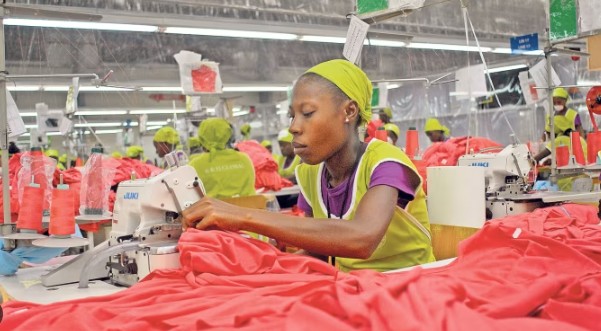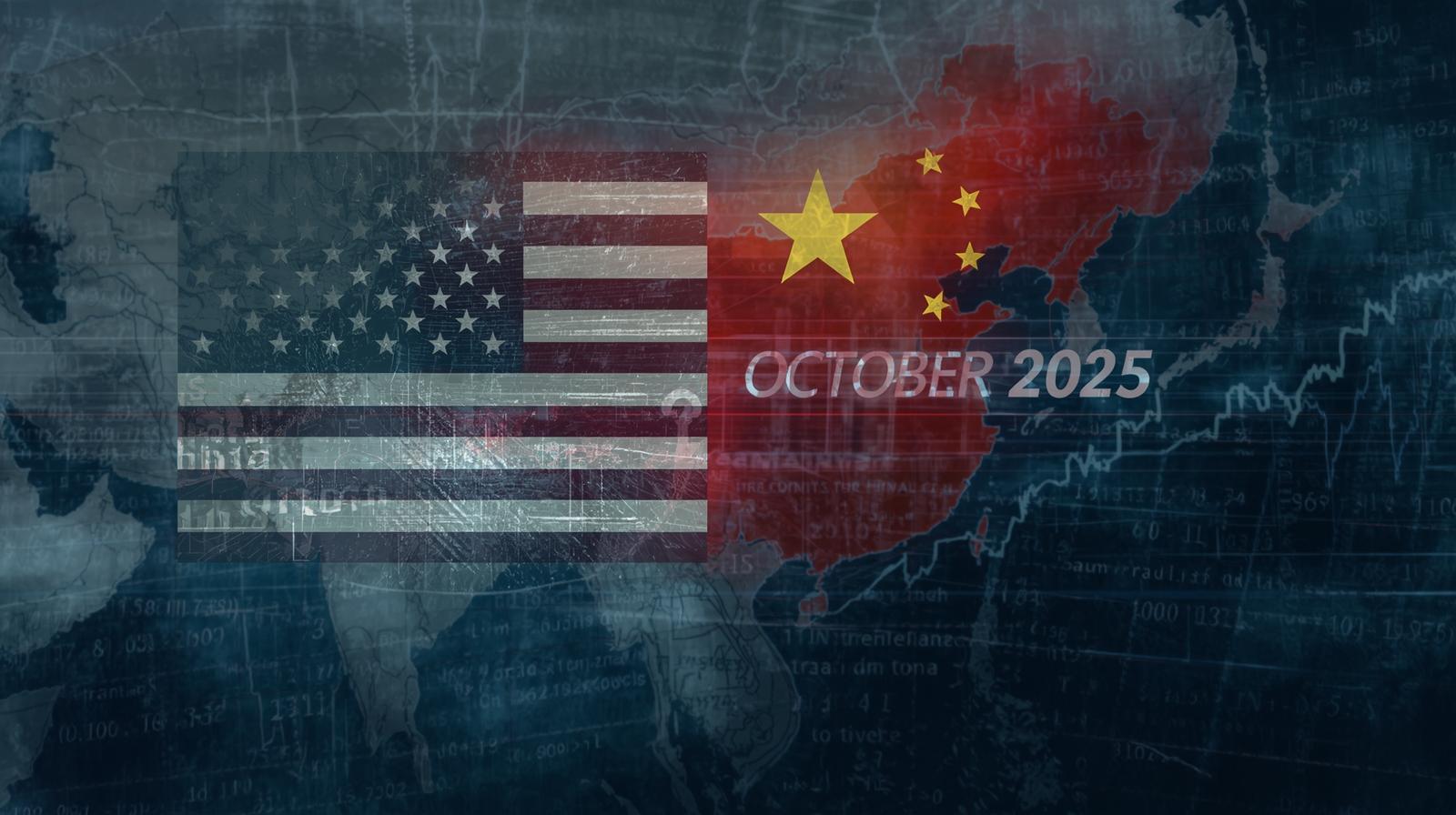Category: Uncategorized
-

In October 2025, Etsy CEO Josh Silverman announced his resignation after seven years leading one of America’s most beloved e-commerce platforms. His departure, framed as a generational handoff to longtime executive Kruti Patel Goyal, came amid earnings beats and investor optimism. But beneath the surface, Etsy is facing a structural unraveling one triggered not by…
-

As the U.S. government shutdown stretches into November 2025, its ripple effects are being felt far beyond Washington most acutely in Haiti, where the textile industry is unraveling under the weight of expired trade preferences, factory closures, and natural disaster. For U.S. brands, importers, and sourcing teams, the situation presents a complex mix of risk,…
-

Introduction: Trade Agreements as Strategic Instruments in 2025 In 2025, global trade is undergoing a strategic transformation. Agreements once viewed as static frameworks negotiated, signed, and shelved are now being reactivated as dynamic instruments for economic expansion. Governments and businesses alike are revisiting the terms of past trade deals, not merely to reaffirm diplomatic ties…
-

The United States and China are engaging in two high-level meetings in late October 2025, amidst escalating trade tensions and threats of extremely high tariffs. The negotiations in Kuala Lumpur today aimed to de-escalate friction and pave the way for a crucial bilateral meeting between the heads of state on the sidelines of the Asia-Pacific…
-

Author: Maria Pechurina, Director of International Trade @ Peacock Tariff Consulting China is thriving. In recent months, its exports surged despite ongoing US tariff chaos and the decline of US-bound exports by 27%. In September 2025 alone, China’s exports climbed 8.3% year-on-year, reaching a seven-month high of $328.6 billion, even as shipments to the US…
-

Brazil’s Beef Trade Rewired: China Surges 38% While U.S. Market Collapses 41% In a striking realignment of global protein flows, Brazil’s beef exports to China surged 38.3% in September 2025 compared to the same month last year, reaching a record 187,340 tonnes. Meanwhile, shipments to the United States plummeted 41% year-to-date, falling to just $102.9…
-

The Netherlands is undertaking one of the most ambitious port digitization initiatives in Europe, positioning itself as a global leader in smart logistics and maritime intelligence. This transformation anchored in the Port of Rotterdam and extending through inland corridors represents more than a technological upgrade. It is a strategic recalibration of how Europe connects with…
-

Belgium and Brazil Sign Generics-Focused Pharma Export Deal: A Strategic Win for Trade, Access, and Innovation In a landmark move that blends trade diplomacy with public health strategy, Belgium has signed a pharmaceutical export agreement with Brazil, targeting the generics sector a domain increasingly recognized as the backbone of affordable healthcare worldwide. The deal was…
-

In a world where trade is increasingly shaped by climate, geopolitics, and consumer values, Norway and Japan have just inked a seafood trade agreement that’s as much about diplomacy as it is about fish. Signed in Tokyo during the Norway-Japan Seafood Seminar, this landmark deal expands access to Norwegian salmon, fjord trout, and snow cod…
-

From the wind-swept plains of Estevan to the grain elevators of North Battleford, Saskatchewan’s agricultural economy is facing a reckoning. The recent plunge in exports to China down a staggering 76% year-over-year has exposed the vulnerability of Prairie producers to global trade tensions that feel far removed from the soil they till and the livestock…
